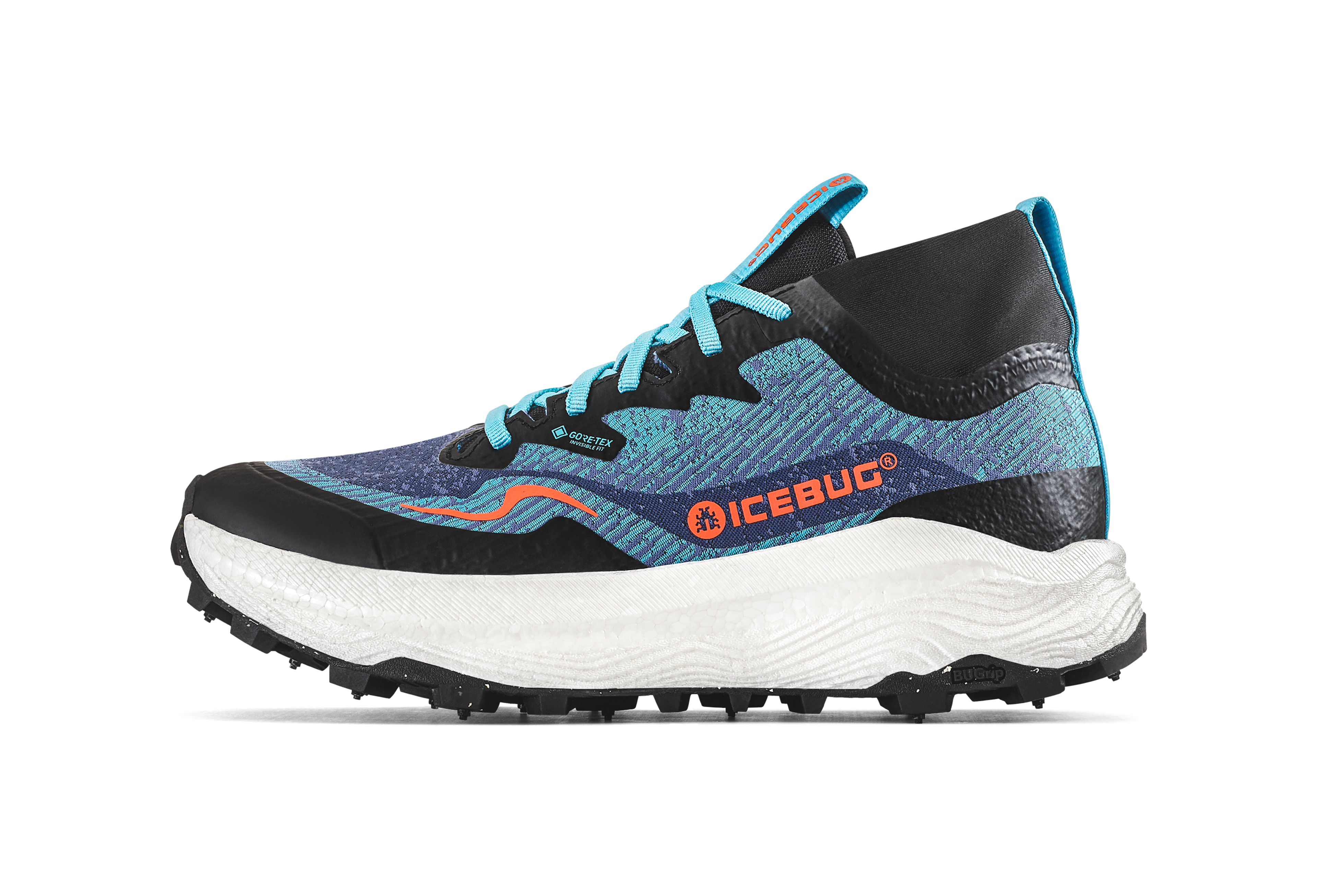

Järv Gaiter Women's BUGrip GTX - IceBlue
249.95 USD
)
)
Let's review some of the most common myths and misconceptions about winter running.
)
)
Icebug has been making winter running shoes since 2001. We are the world leader in traction technologies and have the largest selection of studded running shoes. Whether you are a beginner, someone who runs on cycle paths, an experienced trail runner, or an orienteer who loves going off-trail, we have running shoes that make running a little easier.
Take the opportunity to make your winter run even better. At Icebug, you will also find Merino wool socks – perfect for winter running – Icetubes and supportive insoles.
At Icebug, we’re committed to making better shoes that help you get out every day – no matter the conditions. Also, we have decided to change our industry by taking responsibility for our footprint. Our goal is to make footwear with great durability, low CO2 emissions and respect for people and planet. Part of the money that you invest in us, we give back to the planet by donating to organizations that, for instance, work to preserve old-growth forests.